There can be your advertisement
300x150
Common Mistakes in Bedroom Design and How to Fix Them
Does your bedroom feel a bit off?
It might be related to the design.
Mistakes in bedroom design, such as an oversized rug or bedding that causes sweating all night, can make your bedroom uncomfortable.
The good news is that it's not too late: we have simple solutions for common bedroom design mistakes we've encountered over the years.
For example, purchasing a larger rug that extends beyond the bed can make your bedroom more balanced.
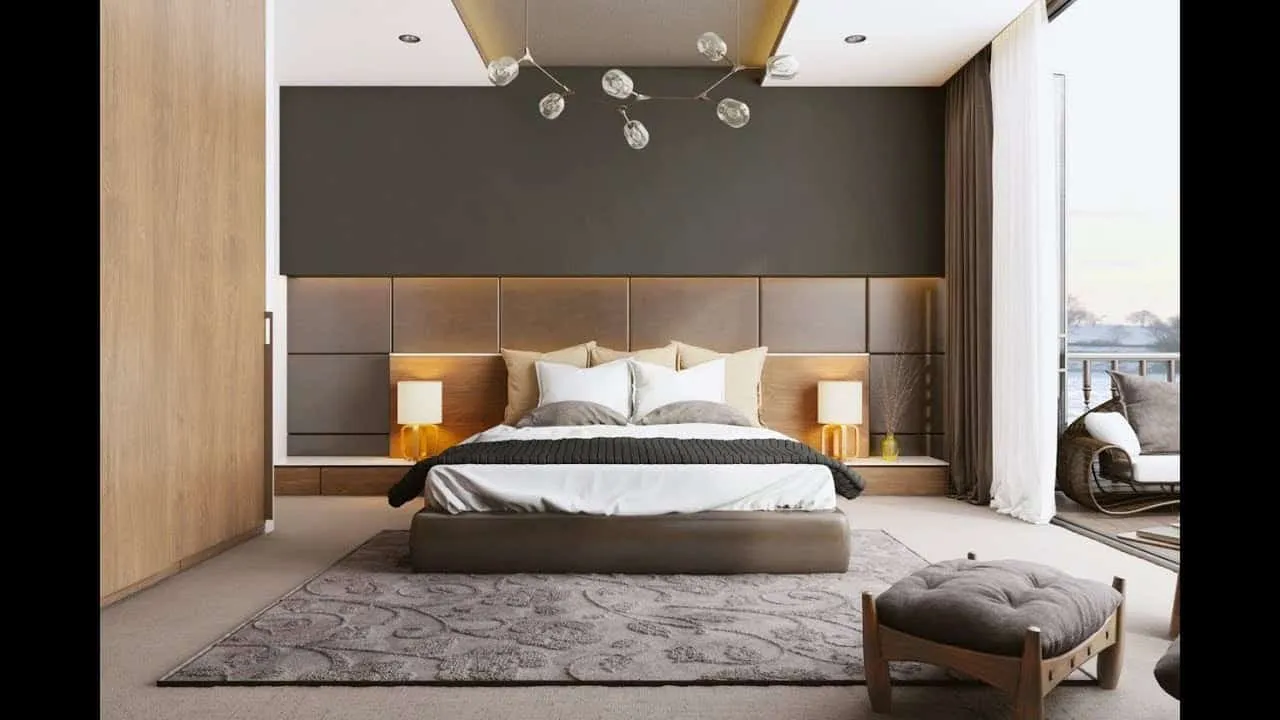
Similarly, buying a cooling blanket will help you stay dry even during hot summer nights. High-quality heavy blankets aid in relaxation and ensure a great night's sleep.
Want to learn more?
Here are four additional bedroom design mistakes and their solutions.
1. Bed Against the Wall
Placing a child's bed against the wall is acceptable since the wall provides safety and protection. Similarly, if you have a small bedroom, you might not have much choice but to place the bed against the wall to create space.
However, when it comes to a large bedroom, placing the bed against the wall is not recommended.
Having the bed placed one side against the wall creates issues in feng shui as it restricts the flow of positive energy in your space. Always aim to have sufficient open space on both sides of the bed to ensure a free flow of energy in your bedroom.
Solution
Move the bed to the center of the bedroom to create space on both sides. In a small bedroom, try moving the bed just a few inches away from the wall.
If it's impossible to move the bed away from the wall due to limited space, you can create a flow of energy by adding a few potted plants or a mirror on the wall.
2. Loud Wall Color
Your bedroom should be your sanctuary where you can rest and relax. Choosing bright wall colors in the bedroom will only make you anxious. Colors like red, orange, and yellow hinder relaxation before sleep. These shades are recommended for high-energy rooms such as the kitchen or living room.
Solution
To make your bedroom as cozy as possible, choose a more calming wall color. When selecting a color for the bedroom, consider blue, green, white, or natural tones. These colors create a more peaceful atmosphere for sleep.
3. Insufficient Use of Natural Light
Your bedroom should be well-lit.
Allowing an abundance of natural light into the bedroom creates a feeling of freshness and spaciousness.
Unfortunately, many people do not use natural light in the bedroom. Some close windows with heavy curtains, while others place large furniture items near windows, blocking natural light.
Solution
Decorate bedroom windows with sheer curtains that let in natural light. You can also place the bed instead of bulky furniture near a window.
Additionally, painting bedroom walls white will highlight the best aspects of natural lighting. Placing mirrors on the wall can also reflect natural light throughout the bedroom.
If your bedroom does not have windows facing south for natural light, choose appropriate lighting to illuminate the space. Soft lighting with a warm glow is ideal in the absence of natural light.
4. Lack of Storage Space
Having enough storage space in the bedroom is important to keep clutter at bay. Adequate storage also removes worry and anxiety.
Even in a small bedroom, strive to have sufficient storage space to keep the area organized.
Solution
Bedroom furniture should have storage features if you want to keep the space clean and clutter-free.
Smart storage solutions are also helpful if you have limited space. For example, a glass wardrobe organizer can help maximize storage space. Hangers also help make better use of closet shelves. To save floor space, install shelves along the bedroom walls.
Conclusion
Has one of the above design mistakes ruined the atmosphere in your space? We hope you now know how to fix it.
We'd like to hear from you. Tell us about other bedroom design mistakes you've made before and how you fixed them.
More articles:
 Choosing Suitable Plants for Shaded Areas
Choosing Suitable Plants for Shaded Areas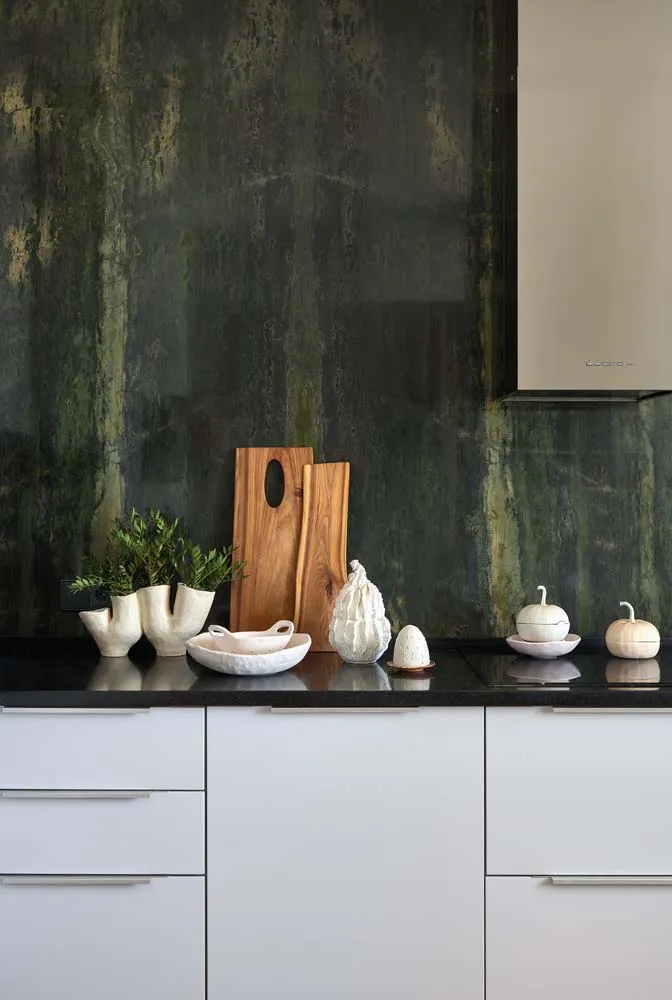 Choosing the Right Green Granite for Your Home
Choosing the Right Green Granite for Your Home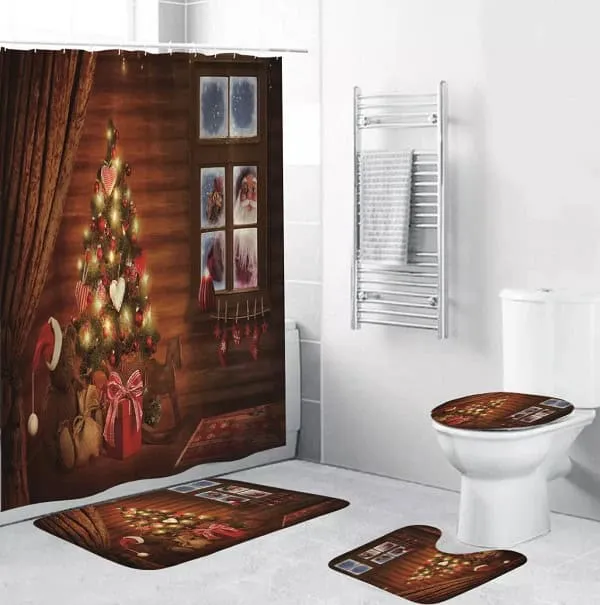 Christmas Bathroom Decoration Ideas and Tips
Christmas Bathroom Decoration Ideas and Tips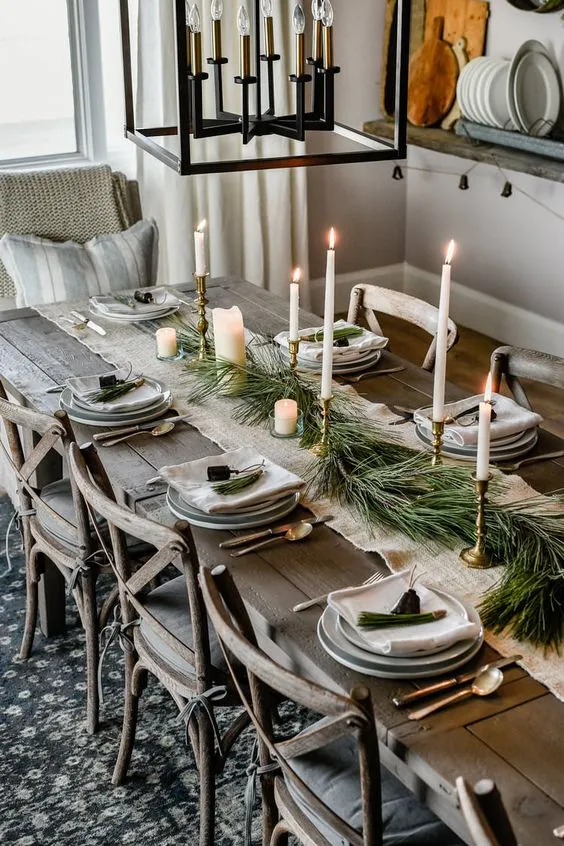 Red Winter Tables, Beautifully Decorated with Details for Display
Red Winter Tables, Beautifully Decorated with Details for Display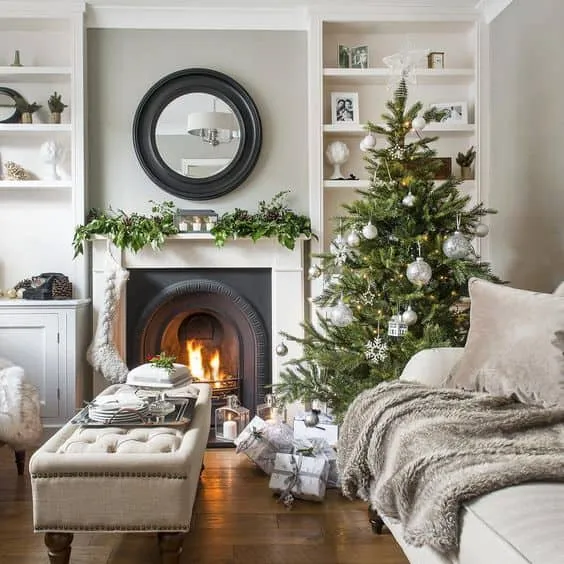 Christmas Home Decoration Ideas
Christmas Home Decoration Ideas WINTER DECORATIONS: MAGIC AND ELEGANCE TIE THEMSELVES TOGETHER FOR THE PARTY!
WINTER DECORATIONS: MAGIC AND ELEGANCE TIE THEMSELVES TOGETHER FOR THE PARTY! From Glam to Fantasy: Over 100 Christmas Tree Decoration Ideas Defining 2025
From Glam to Fantasy: Over 100 Christmas Tree Decoration Ideas Defining 2025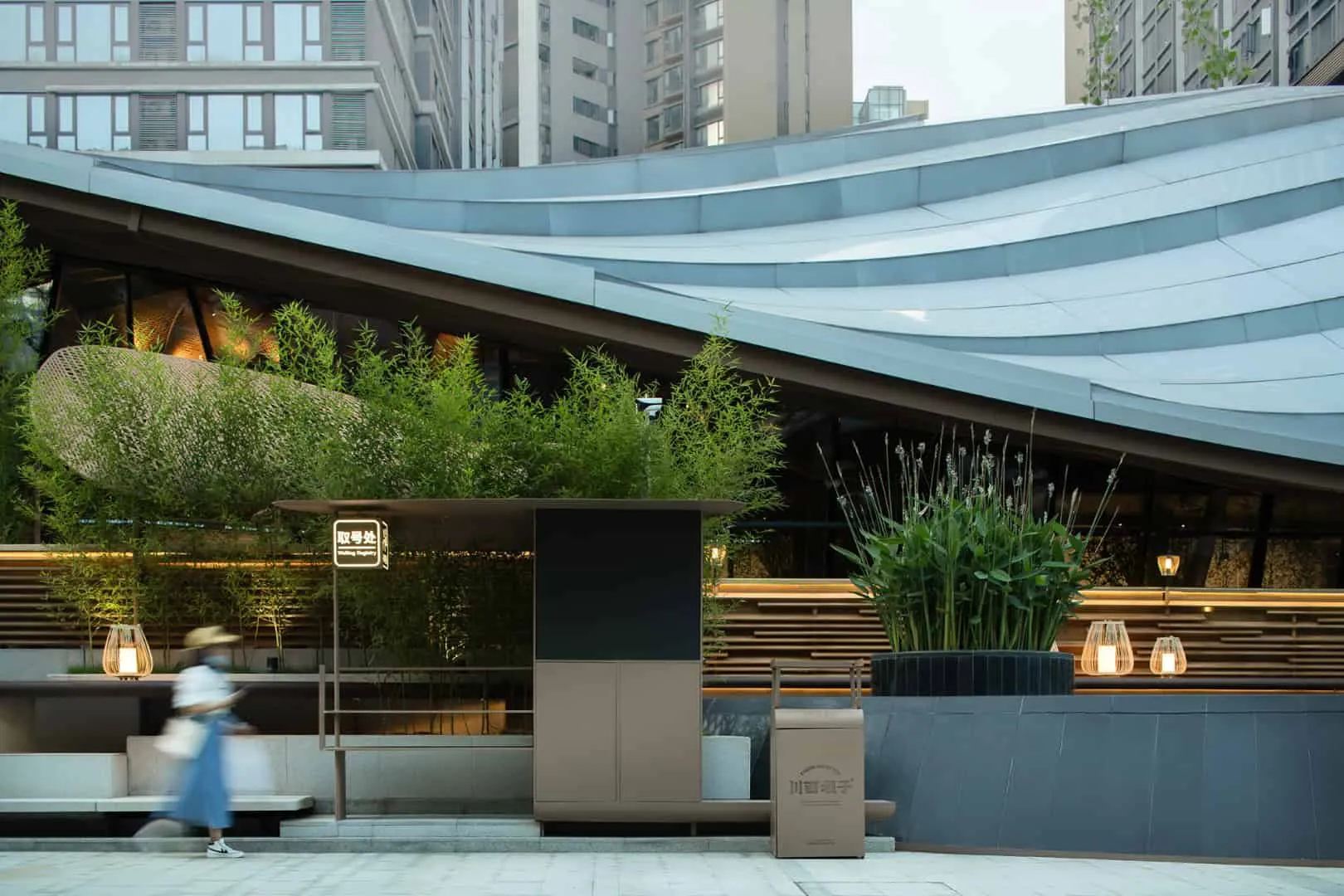 Chuan Xi Pa Zi Ti-House in Chengdu, China by HDC Design
Chuan Xi Pa Zi Ti-House in Chengdu, China by HDC Design